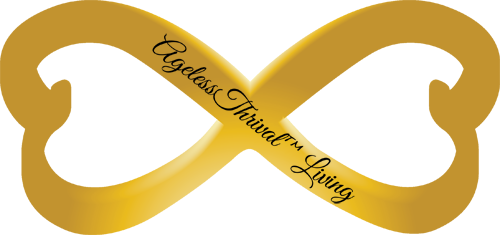Article from Issue #63 (November 7, 2023)
Remembrance Day Explained: History, Humanity and the Red Poppy
by Jenna Brownlow

Source: Canoo
Join us as we embark on a journey to explore the profound meaning and significance of Remembrance Day. We commemorate this special day by learning more about the history and honouring the veterans while addressing questions often asked about this solemn occasion.
What is Remembrance Day?
Remembrance Day, observed on November 11th, dates back to the end of World War I. Originally known as Armistice Day, it marked the armistice signed between the Allies and Germany in 1918, ending the Great War.Over time, it evolved into a day to honour all veterans who served in conflicts around the world, not just in World War I. This transformation reflects the desire to remember and pay respect to the countless individuals who sacrificed their lives for the sake of freedom and peace.
You’ll also notice many people in Canada wearing a red flower on their shirts in the build-up to Remembrance Day. The poppy, often associated with Remembrance Day, is an iconic symbol of this commemoration.
The Significance of November 11th
The selection of November 11th as Remembrance Day was chosen very carefully. It was on this day in 1918 that the armistice took effect, signalling the end of World War I. Today, this date stands as a reminder of the importance of peace and unity in a world that has witnessed both great violence and incredible acts of heroism in response.
At its core, Remembrance Day serves as a solemn reminder of the tremendous sacrifices made by veterans. It’s a day when nations come together to express their gratitude and pay respects to those who have fought and often died, in the service of their countries and their neighbours. The true essence of Remembrance Day lies in the words “Lest We Forget” – a call to remember the price of freedom and peace.
Honouring with Silence
One of the most meaningful traditions of Remembrance Day is the two-minute silence observed at 11 AM. This silent reflection allows us to remember and honour the fallen, acknowledging their sacrifices. The silence is a powerful and universally recognized way to express our collective gratitude.
Remembering the Red Poppy
The red poppy is a recognized symbol of Remembrance Day. It represents the bloodshed and sacrifices made during times of conflict, but it also symbolizes hope and renewal. Wearing a red poppy is a visible way to honour and remember those who served.
Wearing red poppies on Remembrance Day comes from a famous war poem, “In Flanders Fields,” by John McCrae. McCrae was a Canadian from Guelph, Ontario who served in World War I. His poem speaks of the poppies growing amidst the graves of soldiers in Flanders. This is a region in Belgium where many battles that John McCrae saw firsthand. The red poppy thus became a powerful symbol of remembrance and gratitude for veterans’ sacrifices.
While Remembrance Day is widely respected and observed, it is not without its critics. Some individuals may raise concerns about its cultural implications, the nature of conflicts being commemorated, or other aspects. It’s essential to acknowledge these criticisms and engage in respectful dialogue about the relevance of Remembrance Day as conflicts continue and hate festers. Centering peace in the conversation allows for all to agree on limiting the violence in our direct communities and around the world.
Remembrance Day stands as a day of reflection, gratitude, and respect for those who have served their nations. It is a day when nations unite in remembrance. Here they can honour the sacrifices of veterans and reinforcing the commitment to peace and unity.


 What is Father's Day? The Holiday's Surprising History
What is Father's Day? The Holiday's Surprising History Happy Thanksgiving Canada! October 11, 2021
Happy Thanksgiving Canada! October 11, 2021 Halloween History
Halloween History